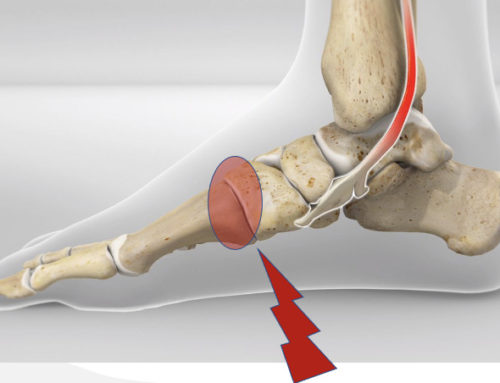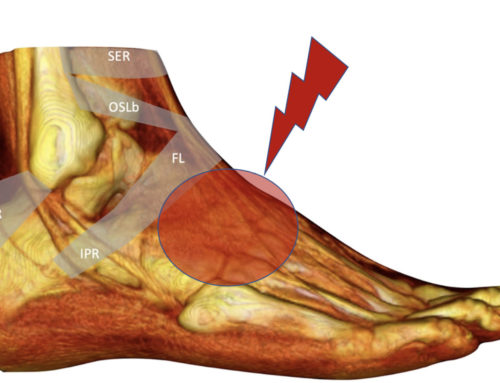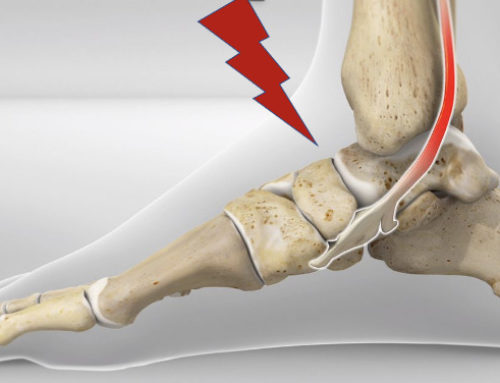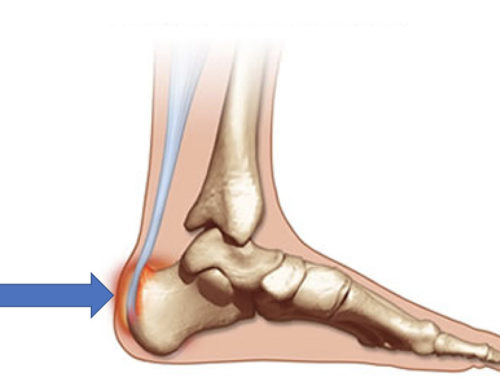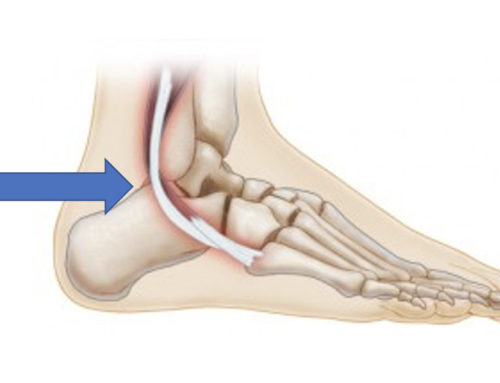Flexor Retinaculum of the Foot and Ankle
The flexor retinaculum of the foot is a strong fibrous band that covers the tendons of the muscles that flex the foot such as walking on the toes like a ballerina. This retinaculum connects the inner ankle bone (medial malleolus) to the calcaneus (heel bone) and protects the tibial nerve and artery and when the retinaculum becomes injured or lacks mobility then the nerve can become compressed. When this retinaculum entraps the flexor tendons and nerve below this known as tarsal tunnel syndrome.
Injury to The Flexor Reticulum
During ankle strains and strain of the inner ankle, the flexor retinaculum extra-articular can become injured. A tear can occur which once healed can create a scar. This scar alters the function and mobility of the reticulum which results in the tibial nerve compression of the tarsal tunnel. This creates a suboptimal function of flexor hallucis longus, the primary toe flexor tendon.
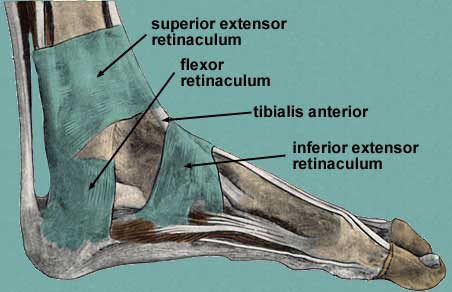
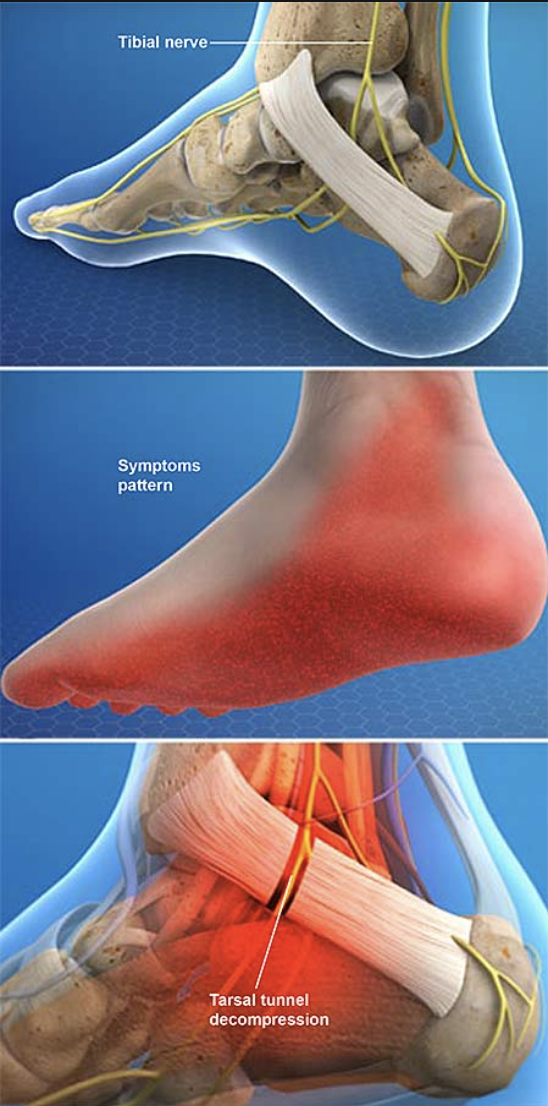
Symptoms
Symptoms of an isolated tear of the flexor retinaculum include pain, numbness, and tingling on the arch of the foot that’s provoked by walking, standing, and running. Due to the high number of proprioceptive nerve receptors in the fibrous band ankle instability can occur due to the altered feedback to the brain from the retinacula. This generally occurs in those that repeatably experience ankle sprains for no apparent reason.
If the flexor retinaculum extra-articular fibers start to lack proper tissue hydration, lacks mobility, and increases friction on the flexor tendons and tibial nerve. When this occurs compression of the tibial nerve and artery occurs, which is known as tarsal tunnel syndrome.
Treatment
- Manual Release, hydration, and stretching of the flexor retinaculum
- Proprioceptive exercises of the ankle to improve feedback information to the brain and thus increasing stability
- Strengthening of the intrinsic muscles of the foot and ankle including the tibialis posterior and flexor digitorum longus muscles.
- Ensure adequate glide and slide of the tibial nerve with nerve stretching exercises.
- Assess and correct any limitations in the big toe and ankle mobility.
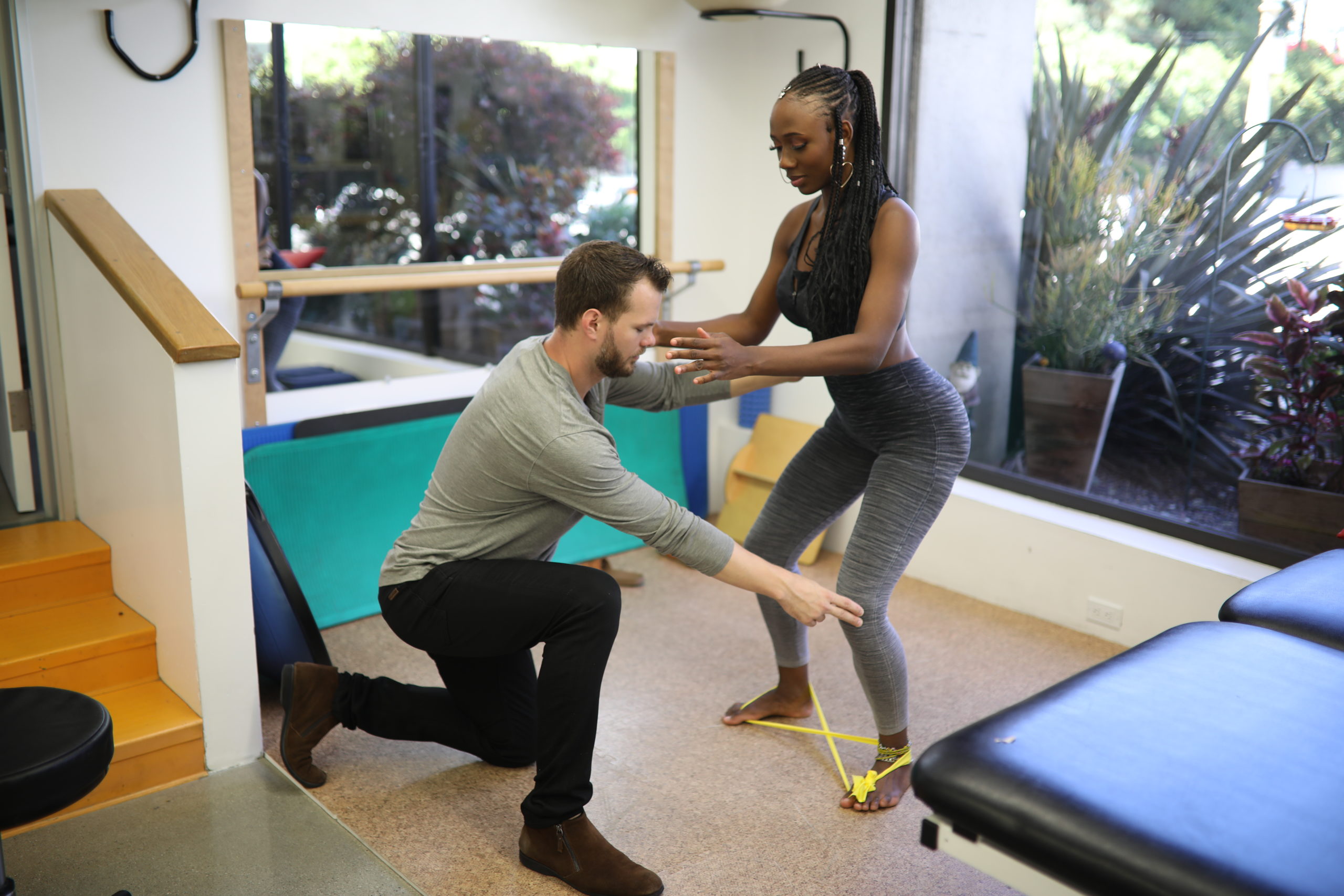
GET IN TOUCH WITH DR. DEAN
YOU should be able to move the way you’d like to move without experiencing pain. YOU should be able to experience freedom and energy knowing there’s nothing holding back from giving your life 110%. Dr. Dean would like to learn more about your challenges with a quick phone or email before beginning treatment. Contact him today.
